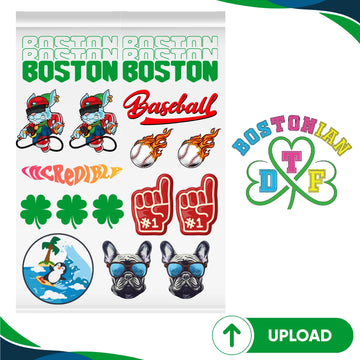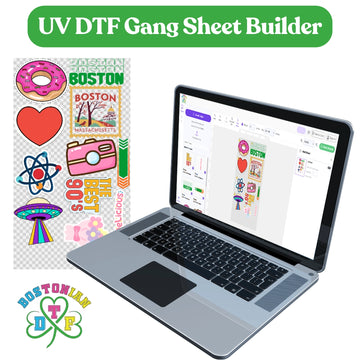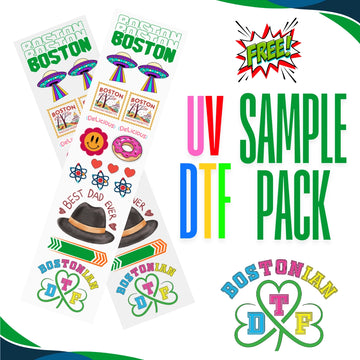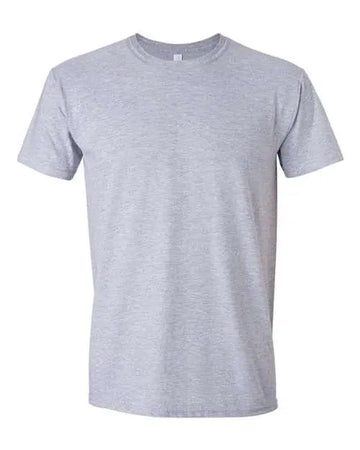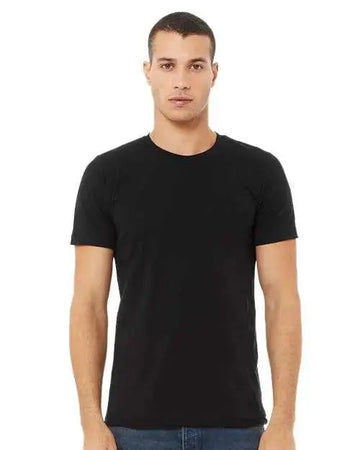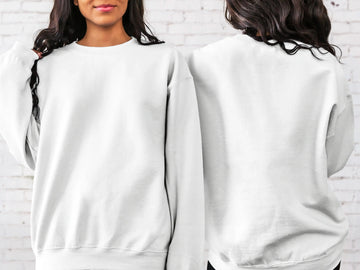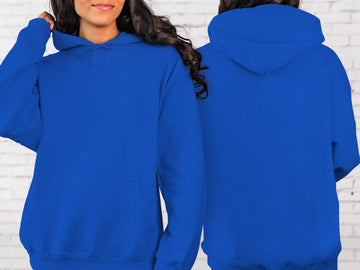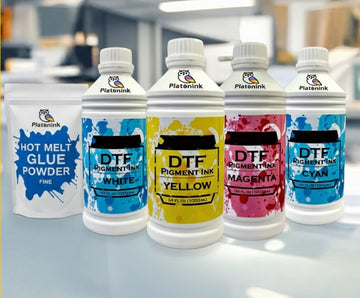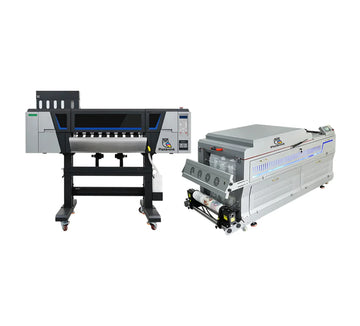During a time when environmental sustainability is of utmost importance, eco-friendly DTF printing offers vivid, durable designs without causing harm to the environment. Ideal for small creative firms or companies who care about the environment.
Why Is It Environmentally Friendly?
There are several pillars that make eco friendly DTF printing standout:
Water‑based DTF ink
Using water as a carrier, water-based dtf ink ensure environmentally safe printing, produce soft, breathable, eco-friendly tailored clothing, and produce less pollutants and easy cleanup.
Sustainable DTF transfers
These transfers are designed to reduce waste. You print exactly what you need, avoiding surplus stock that could end up in landfills. That’s responsible green garment printing at its best.
Low‑impact printing techniques
Recycling packaging and energy-efficient heat presses are two strategies used by eco-friendly DTF stores to lessen their environmental effect without compromising quality.
The Step‑by‑Step Process
Let’s walk through producing a DTF print that’s both bold and earth‑conscious:
Design creation
A designer uses software to craft or tweak an image. Digital files eliminate paper waste, and color precision means fewer misprints.
Printing to film
Using water‑based DTF ink, the design is printed onto a clear PET film. This precise step prevents ink overspray and reduces water use in cleaning.
Applying adhesive powder
While the film is still wet, eco‑friendly adhesive powder is applied. Some shops use biodegradable or recyclable powders to enhance their sustainable DTF transfers approach.
Heat curing
The powder is melted into the ink using efficient heat presses. These machines use less electricity and produce less heat loss compared to older models.
Trimming & transfer
Once cooled, the transfer is heat-pressed onto the cloth and the extra film is cut off. There is very little trash produced, and a lot of studios recycle the surplus movie.
Quality check & packaging
A final check ensures vibrant colors and soft hand feel. Then it’s packaged using recyclable or compostable materials, no single‑use plastics.
Every stage demonstrates environmentally safe printing methods and low‑impact printing techniques in action, showing how responsibility and artistry go hand in hand.
Benefits for Brands, Studios & Consumers
For Brands:
- Ethical apparel production becomes a reality, not a slogan.
- You get a compelling marketing narrative, “crafted using eco friendly DTF printing.”
- Cost savings emerge over time through reduced material waste and energy consumption.
For Print Studios:
- Stand out as leaders in green garment printing by using sustainable DTF transfers.
- Attract clients seeking eco-conscious solutions without compromising design quality.
- Build a safer workplace using non-toxic DTF inks, better for employees and visitors alike.
For Consumers:
- They wear garments knowing their prints are made with environmentally safe printing methods.
- Soft, breathable prints respect skin and the planet.
- Each purchase feels like a positive impact, fashion meets conscience.
Tips for Choosing the Right Provider
- Does the provider highlight eco friendly DTF printing? Do they explain their water‑based DTF ink, non‑toxic DTF inks, and low‑impact practices?
- Do they use sustainable DTF transfers and environmentally safe printing methods? If they can't provide details, ask for a walkthrough.
- Can they show proof? Certifications, test results, or photos of their workplace add credibility.
- Do they talk about green garment printing and ethical apparel production strategies beyond printing, like packaging and shipping?
The Bigger Picture
When we integrate eco friendly DTF printing into that ecosystem, we’re not just creating beautiful shirts, we’re fostering culture shifts:
- Sustainable fashion printing becomes standard, not an afterthought.
- Consumers feel empowered buying green garment printing options.
- Industries feel pressure to adopt environmentally safe printing methods, one studio at a time.
Summing it Up
Eco-friendly DTF printing is not only more sensible, but also required. Sustainable fashion printing, ethical apparel production, and eco-friendly printing methods come together to tell a story of imagination and optimism. With each print, a promise to walk gently, color boldly, and preserve the environment is made. We should embrace responsible innovation, one garment at a time.
Frequently Asked Questions
1. Describe environmentally friendly DTF printing.
Water-based inks and low-impact printing techniques are used in environmentally friendly DTF printing to produce colorful images while cutting down on waste and pollution.
2. Are the inks used safe and non‑toxic?
Absolutely. Non‑toxic DTF inks and water‑based DTF ink ensure prints are safe for wearers and reduce VOC emissions during production.
3. How does this printing method reduce environmental harm?
By using low‑impact printing techniques, environmentally safe printing methods, and sustainable DTF transfers that cut waste and energy use.
4. Does eco-friendly DTF printing cost more?
Upfront costs may be slightly higher, but sustainable DTF transfers and green garment printing often save money long‑term through efficiency gains.
5. Can brands market these prints as ethical apparel?
Yes. Eco friendly DTF printing using non‑toxic DTF inks enhances ethical apparel production, elevating brand value and consumer trust.


